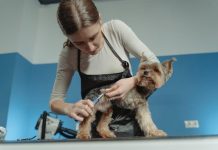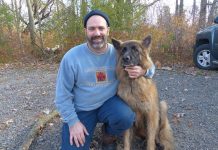Welcoming a new puppy into your home is an exciting adventure filled with joy, laughter, and a touch of chaos. As you embark on this journey, one of the essential routines you’ll establish is grooming, which not only keeps your puppy looking adorable but also strengthens the bond between you. Properly brushing your puppy’s coat is a key part of this routine, ensuring their fur remains healthy and free from tangles. In this guide, we’ll walk you through the steps to effectively brush your puppy’s coat this year, sharing tips and tricks to make the process enjoyable for both you and your furry friend. Whether you’re a first-time pet parent or an experienced dog lover, our warm and instructive approach will help you master this essential skill with confidence and care.
Choosing the Right Brush for Your Puppys Unique Coat
When it comes to grooming your puppy, understanding their coat type is crucial in selecting the perfect brush. Different coats require different tools to keep them healthy and shiny. Here’s a quick guide to help you make the right choice:
- Smooth Coats: Puppies with smooth coats, like Boxers or Beagles, benefit from a bristle brush. This type of brush helps to remove loose hair and stimulate natural oils, leaving their coat glossy.
- Double Coats: Breeds such as Golden Retrievers and Huskies have double coats. Use an undercoat rake to tackle tangles and reduce shedding, followed by a slicker brush for finishing touches.
- Curly Coats: Poodles and Bichon Frises with curly coats require a slicker brush to gently remove tangles without damaging their delicate curls.
- Wire Coats: For breeds like Terriers, a pin brush is ideal for maintaining their wiry texture while preventing matting.
Choosing the right brush not only makes grooming more effective but also turns it into a bonding experience with your puppy. Remember, a little research and the right tools can make all the difference in your puppy’s grooming routine.
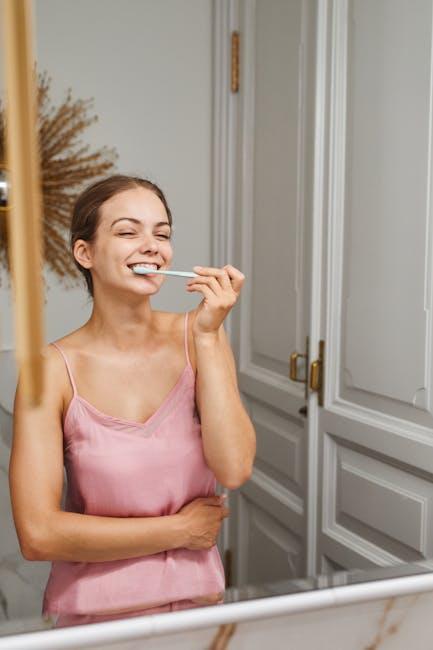
Step-by-Step Guide to a Tangle-Free Brushing Routine
Embarking on a tangle-free brushing journey with your puppy can be a delightful bonding experience. Begin by selecting the right brush for your puppy’s coat type. Slicker brushes are excellent for long-haired breeds, while bristle brushes suit short-haired puppies. Before starting, ensure your puppy is calm and comfortable, perhaps after a play session or a short walk. Gently introduce the brush, allowing your pup to sniff and get familiar with it. This helps in reducing any anxiety associated with grooming.
- Start with a gentle detangle: Use your fingers to lightly separate any obvious knots.
- Brush in sections: Focus on one small area at a time, moving in the direction of hair growth.
- Be gentle around sensitive areas: Pay extra attention to the belly, ears, and tail, where hair tends to tangle more.
- Use a detangling spray if needed: This can help ease the process and make it more pleasant for your puppy.
With patience and care, your puppy will not only look fabulous but also grow to love this special time spent together. Remember, a relaxed environment and positive reinforcement, like treats or praises, can make all the difference!
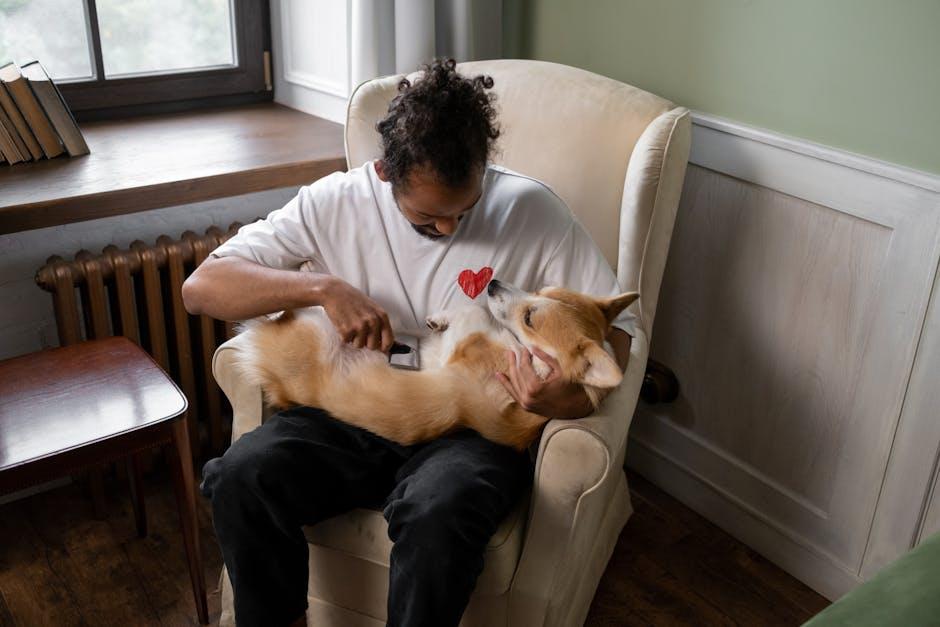
Common Brushing Mistakes and How to Avoid Them
When it comes to grooming your furry friend, avoiding common mistakes can make the experience more pleasant for both you and your puppy. Here are some common brushing errors to watch out for and tips on how to steer clear of them:
- Using the Wrong Brush: Not all brushes are created equal. Ensure you choose a brush that suits your puppy’s coat type. For example, a slicker brush works well for long-haired breeds, while a bristle brush might be better for short-haired pups.
- Brushing Too Hard: Puppies have sensitive skin, and vigorous brushing can cause discomfort or even injury. Use gentle strokes and be patient, particularly in sensitive areas like the belly and underarms.
- Skipping Regular Sessions: Infrequent brushing can lead to mats and tangles. Make grooming a routine part of your puppy’s life, aiming for at least a few times a week, to keep their coat healthy and free of knots.
- Neglecting to Check for Tangles: Brushing over knots without addressing them can be painful. Take time to gently work through tangles with your fingers or a detangling spray before using the brush.
Remember, patience and consistency are key to making grooming a positive experience for your puppy, setting the foundation for a lifetime of healthy habits.
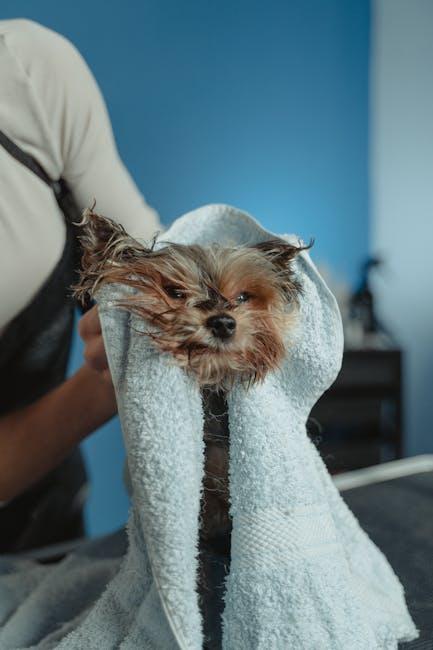
Maintaining a Healthy Shine with Regular Grooming
Ensuring your puppy’s coat remains vibrant and healthy is as much about routine as it is about technique. When brushing your furry friend, use a gentle hand to avoid discomfort, and make sure to choose the right type of brush based on their coat type. Here are some key tips to guide you:
- Choose the Right Brush: For short-haired puppies, a rubber brush can help remove loose hair and dirt. Long-haired breeds might benefit from a slicker brush to prevent tangles and mats.
- Establish a Routine: Regular grooming sessions, ideally two to three times a week, will keep your puppy’s coat smooth and shiny, while also strengthening your bond.
- Check for Tangles: Start by gently running your fingers through their fur to locate any knots. Use a detangling spray if necessary to ease the brushing process.
- Mind the Sensitive Areas: Pay special attention to areas like the belly, tail, and behind the ears, where knots are more likely to form.
- Reward with Treats: Make grooming a positive experience by rewarding your puppy with treats or affection, encouraging them to enjoy these sessions.
By incorporating these practices, you’ll not only help maintain a healthy coat but also nurture a trusting relationship with your puppy. Remember, a little patience and consistency go a long way in keeping your pet looking their best.



